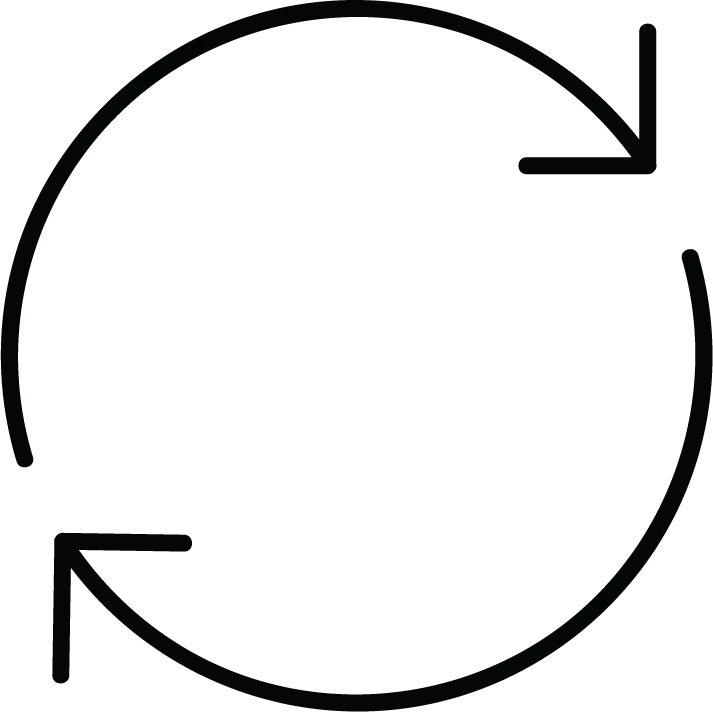What Are Nanobubbles?
Nanobubbles are extremely small gas bubbles that are dispersed in liquid and invisible to the naked eye. Due to their tiny size, they have unique properties, such as high stability, a large surface area to volume ratio, and the ability to remain suspended in liquids for extended periods. Nanobubbles are extremely useful for treating reclaim water, enhancing cleaning processes enabling overall use of less chemistry to make water available for reuse.
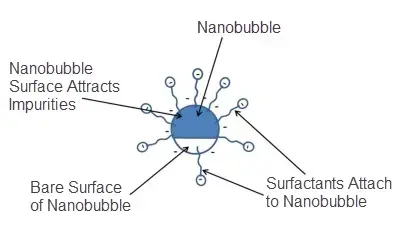
Why Size Matters?
Nanobubbles are invisible to the naked eye.
Nanobubbles are minuscule gas-filled spheres present in a liquid medium. Their size usually ranges from 50-200 nm in diameter, making them smaller than the width of a human hair or 2500 times smaller than a single grain of salt.
In the world of nanobubbles, smaller is better because smaller bubbles means higher surface area to volume and therefore increases the bubbles' ability to catalyze chemical reactions. A pico is 1,000 times smaller than a nano, and PicoPure hydrodynamic cavitation devices create bubbles as small as 7,000 picos in diameter, making it superior to any other nanobubble generator on the market.
Macrobubbles
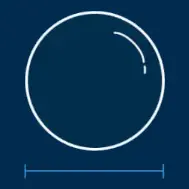
> 1mm
Microbubbles
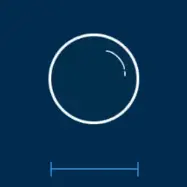
> 1mm-1um
Nanobubbles

> 900nm
Nanobubbles
with Our Technology

> 10nm
Hydrodynamic Cavitation
Coupled with air infusion results in ...
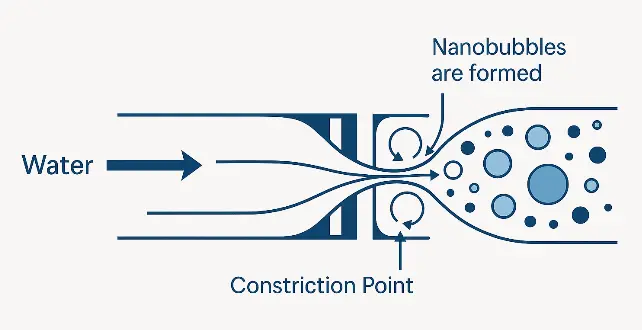
Nanobubble Particles
With electrical charges & catalytic properties for various reactions!
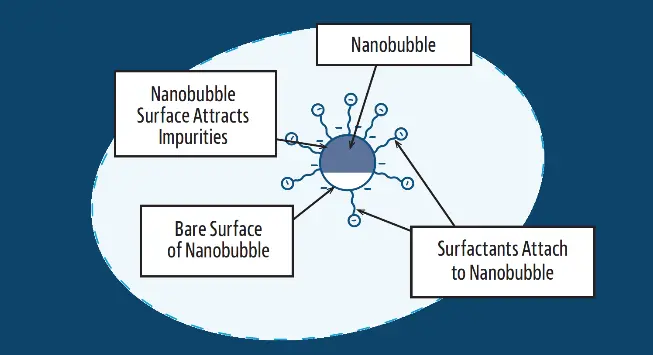
Contact us today to start saving money and unleash the cleaning power of your water!
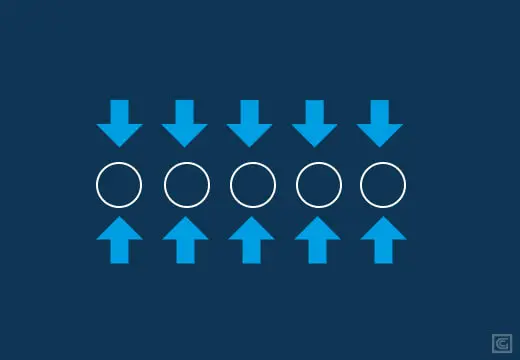
Durability
Unlike larger bubbles, nanobubbles showcase surprising stability, allowing them to remain suspended in liquids for extended periods-beneficial for many industrial and medical applications.
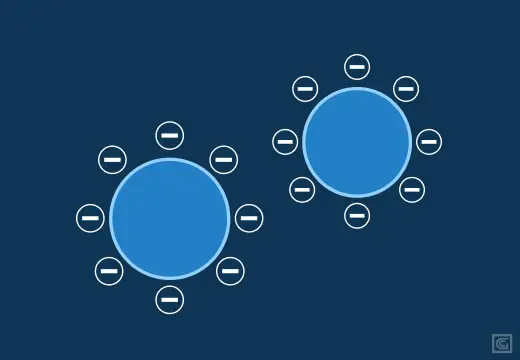
Negative Surface Charge
Nanobubbles typically have a negative surface charge and repealing each other and preventing formation of larger bubble from their fusion. However, nanobubbles coalesce on impurity facilitating floatation. This provides an innovative means for water and liquid purification.
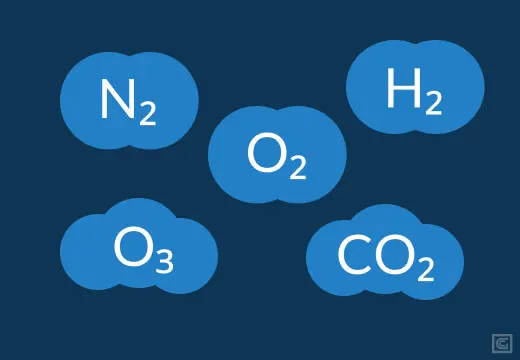
Gas Encapsulation
Nanobubbles can be generated with a variety of gases. This encapsulation property allows a wide range of applications to be tailored to specific needs.

The multi-chamber hydrodynamic cavitation device, the G-CAV, that powers the PicoPure products is designed to revolutionize gas infusion processes across various industries.
Tests conducted with ATA Scientific, using Malvern Panalytical's Nanosight Pro and Zetasizer Ultra-Red, confirmed our technology's superiority. Bubbles generated from this device measure just 7 nanometers, with a concentration of 332 trillion nanobubbles per mL, making it the world's leading producer of nanobubbles.
This advanced technology efficiently infuses gas at saturation levels, storing more gas as nanobubbles in water or other fluids. This innovation maintains ideal dissolved oxygen levels in a tank for an entire day, even in high temperatures exceeding 30 degrees Celsius.
Competitor Side by side
|
COMPETITOR 1
|
COMPETITOR 2
|
PICOPURE
|
|
|---|---|---|---|
| Technology | Permeable Membrane | Unsure/Hydrodynamic Cavitation? | Hydrodynamic Cavitation |
| Nanobubble Size | As small as 115 nm | As small as 101.2 nm | As small as 7 nm |
| Concentration | 879 million per ml | 324 million per ml | 332 trillion per ml |
| Maintenance Requirements | Routine Cleaning and Filter Change | No Moving Parts,
No Cleaning Requirements |
No Moving Parts,
No Cleaning Requirements |
| Strengths | Patented Tech, Marketing Resource, Time in Market | Unsure | Patented Tech, Highest Infusion Concentration in Market,
No Maintenance, No Blockage |
| Weakness | Regular Cleaning and Maintenance,
Industry Adoption Dependency, Market Awareness |
Absence of gas introduction makes it impossible for bubble formation No possible way that dissolved oxygen is increased | Limited Market Awareness,
Technology Acceptance |
| Market Position | Current Leader across several industries | New to market with primary focus being car wash users | New to market with strong global inquiry across multiple sectors |
TO TREAT RECLAIM WATER
- Boosts cleaning power of surfactants by creating more contact area between surfactants and surface and lifting dirt particles more effectively
- Tiny bubbles create a mild scrubbing action, dislodging dirt and grime for a more effective cleaning and penetration of microscopic crevices
- Improves emulsification process, making oils and greasy substances easier to remove
TO TREAT RECLAIM WATER
- Boosts cleaning power of surfactants by creating more contact area between surfactants and surface and lifting dirt particles more effectively
- Tiny bubbles create a mild scrubbing action, dislodging dirt and grime for a more effective cleaning and penetration of microscopic crevices
- Improves emulsification process, making oils and greasy substances easier to remove
